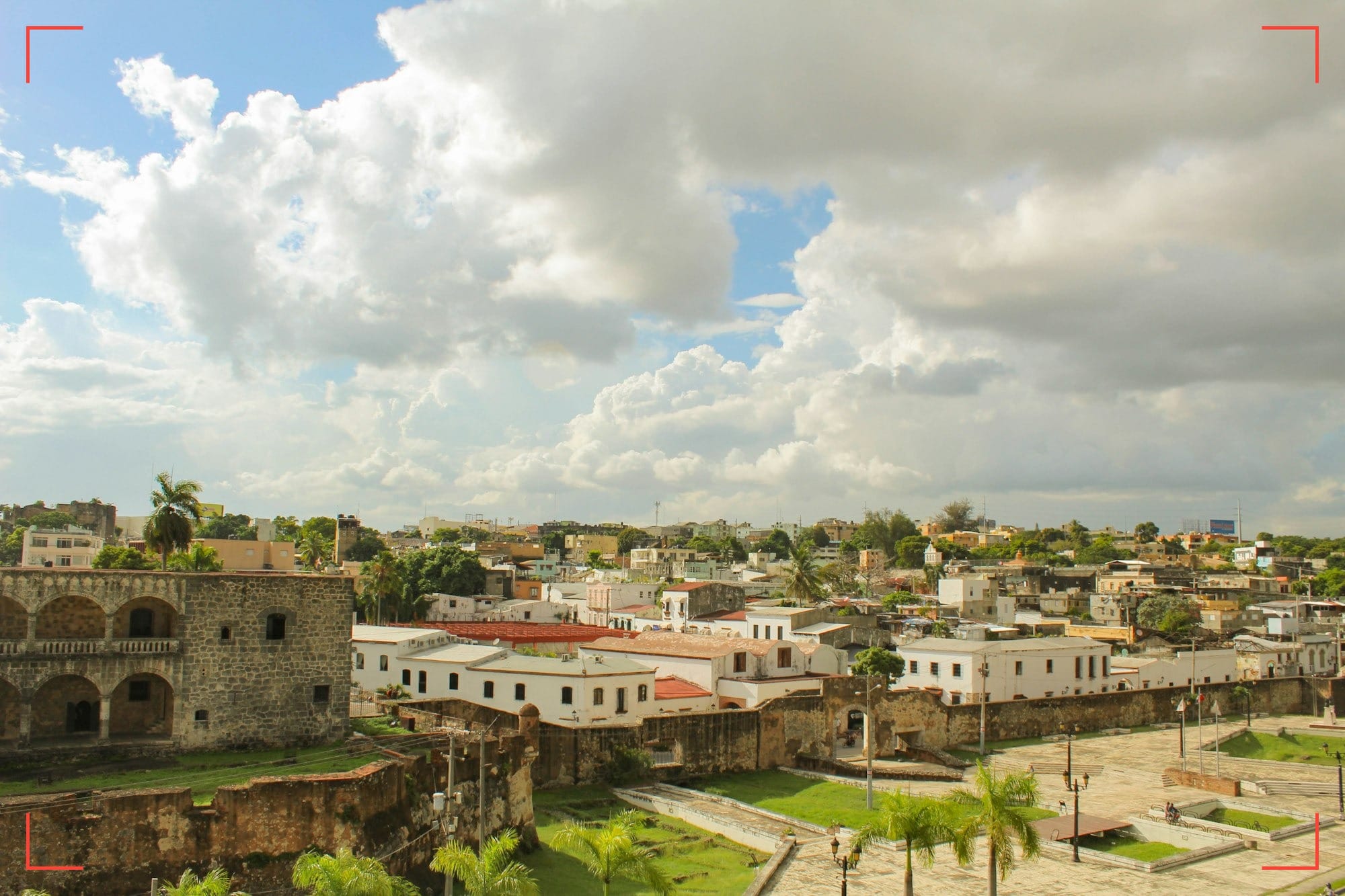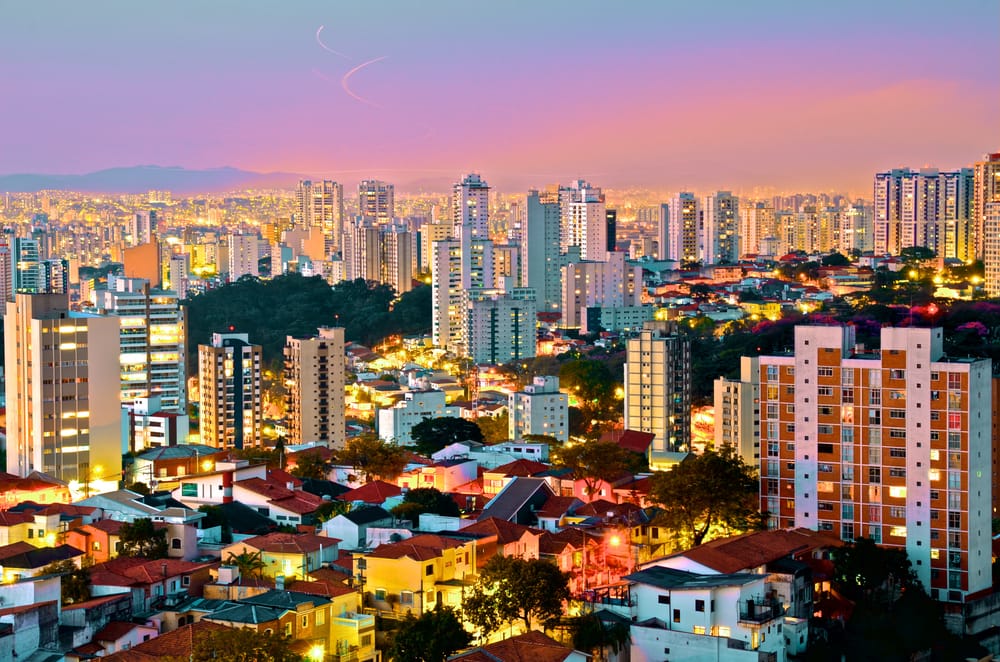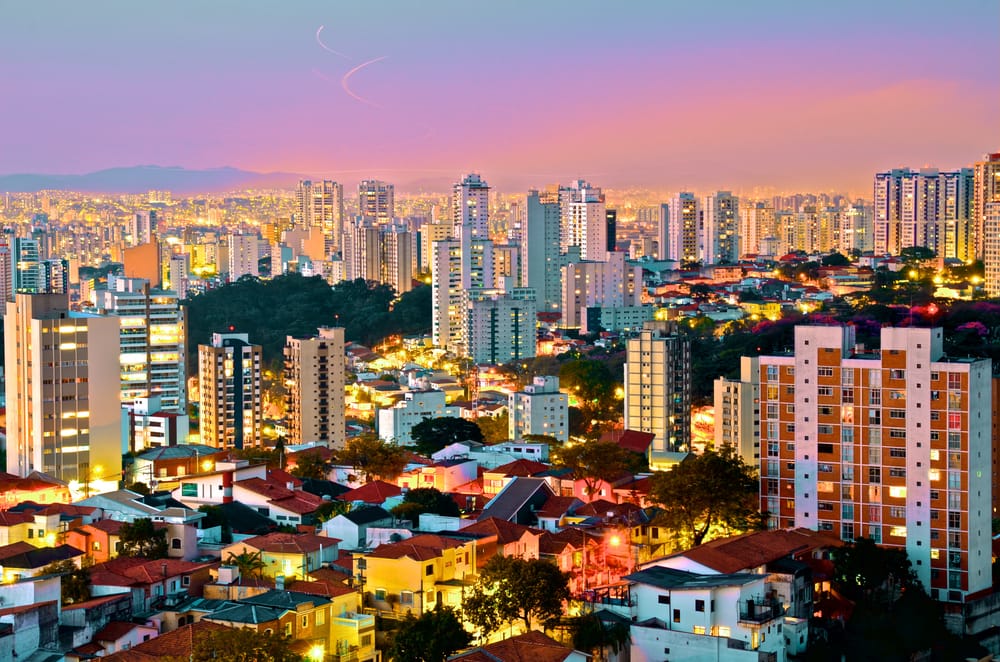Dominican Republic SpecialREPORT MAR 2025
Continuity and Change in the Dominican Republic: Between Prosperity and Crisis
Report Details
Initial Publish Date
Last Updated: 29 MAR 2025
Report Focus Location: Dominican Republic
Authors: DA
Contributors: GSAT
GSAT Lead: MF
RileySENTINEL provides timely intelligence and in-depth analysis for complex environments. Our global team blends international reach with local expertise, offering unique insights to navigate challenging operations. For custom insights or urgent consultations, contact us here.
Key Points
- In October 2024, President Luis Abinader introduced a tax modernization bill aimed at increasing public revenue, promoting investment in key social sectors, and improving fiscal efficiency. The reform package included proposals to contain public spending and reduce deficits amid rising external and domestic debt.
- Despite government assurances, the bill sparked nationwide unrest. Citizens criticized the proposal as increasing the tax burden on working-class Dominicans amid already high living costs. Pot-banging protests and public demonstrations near the National Congress intensified throughout the month.
- On October 29, Abinader withdrew the tax bill following sustained public pressure, highlighting the administration’s sensitivity to social discontent and the political cost of perceived austerity.
- In early 2025, the administration faced another backlash after quietly publishing Decree 30-25, which extended the ITBIS tax to digital services. After public outcry and international scrutiny—particularly due to U.S. threats of retaliatory trade measures—the government repealed the decree within an hour of its public release.
- These fiscal and policy setbacks were balanced by the successful enactment of a constitutional reform on October 27, 2024. The new legislation reduces the number of deputies in the Chamber, unifies national elections starting in 2032, prohibits constitutional amendments to extend presidential terms, and grants greater independence to the Public Ministry.
- The Dominican Republic continues to take a firm stance on Haitian migration. Mass deportations—reportedly up to 10,000 people weekly—have drawn criticism from human rights organizations, including Amnesty International. President Abinader has rejected accusations of racism, defending the policy as a national security imperative.
- Dominican-Haitian relations remain strained due to escalating violence in Haiti, border disputes, and infrastructure tensions—such as the construction of a controversial canal on a shared river. Despite diplomatic frictions, Haiti remains the Dominican Republic’s fourth-largest trading partner.
- The Dominican economy continues to perform strongly, with GDP growth supported by tourism, remittances, exports, and record foreign direct investment. Financial indicators, including a 1.6% non-performing loan rate and a 323% coverage ratio, reflect the strength of the banking sector.
- Inequality remains a major challenge. The top 10% of earners control 55% of national income, while nearly a quarter of the population lives in poverty. These disparities drive continued emigration despite macroeconomic gains.
- Nearshoring and public-private partnerships are central to the government’s long-term strategy. Infrastructure upgrades, free trade zones, and favorable tax incentives have positioned the country as a promising logistics and manufacturing hub in the region.
Remaining content is for members only.
Please become a free member to unlock this article and more content.
Subscribe Now






